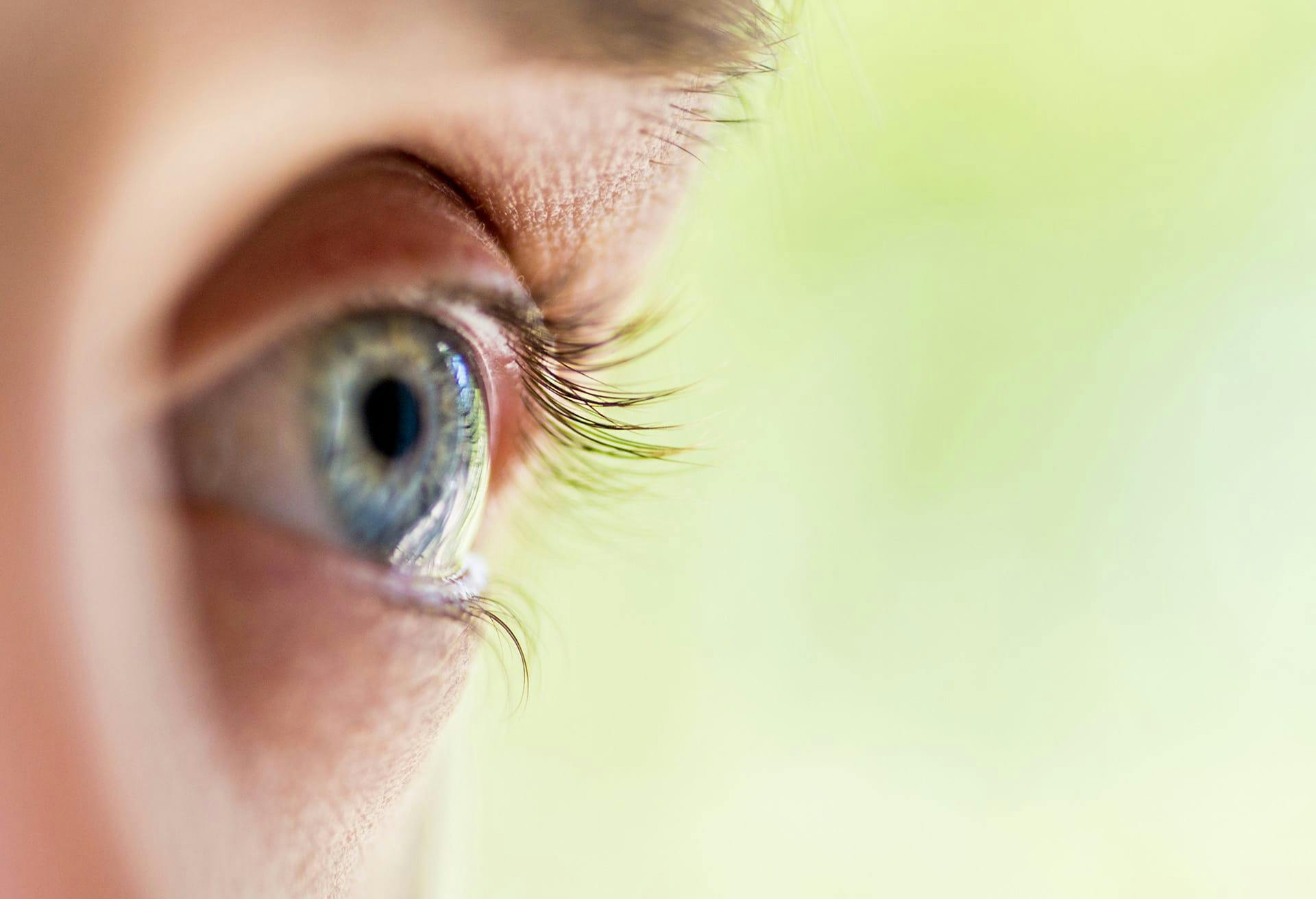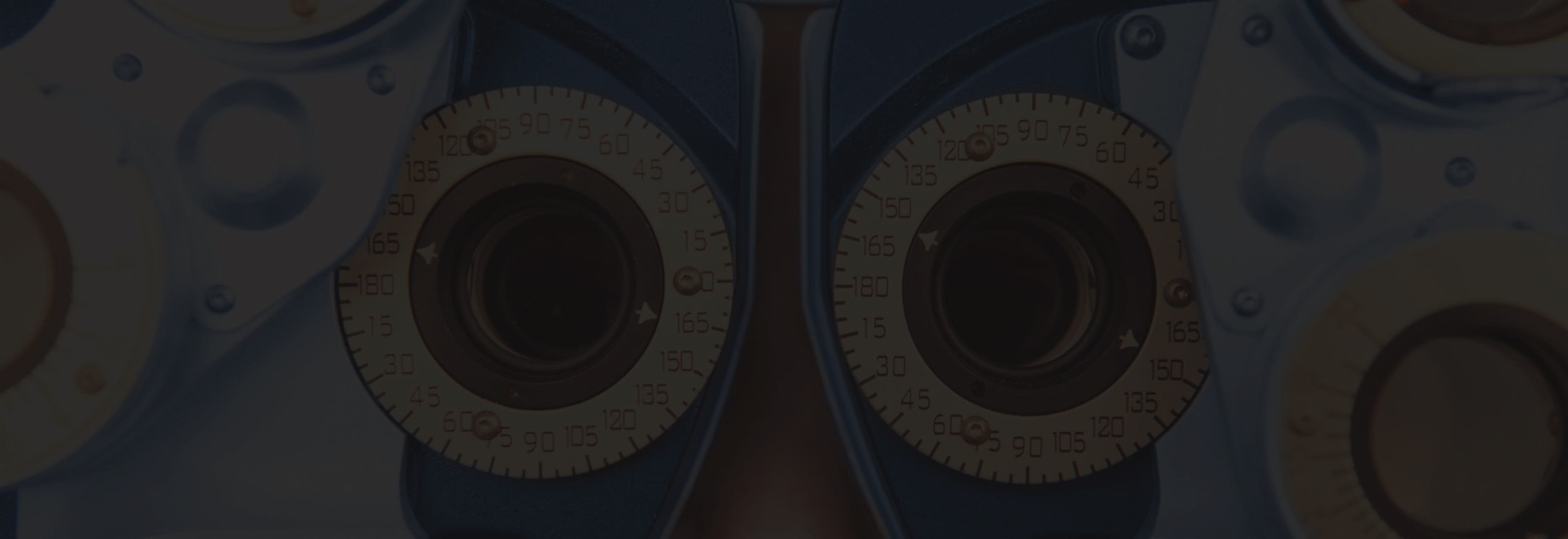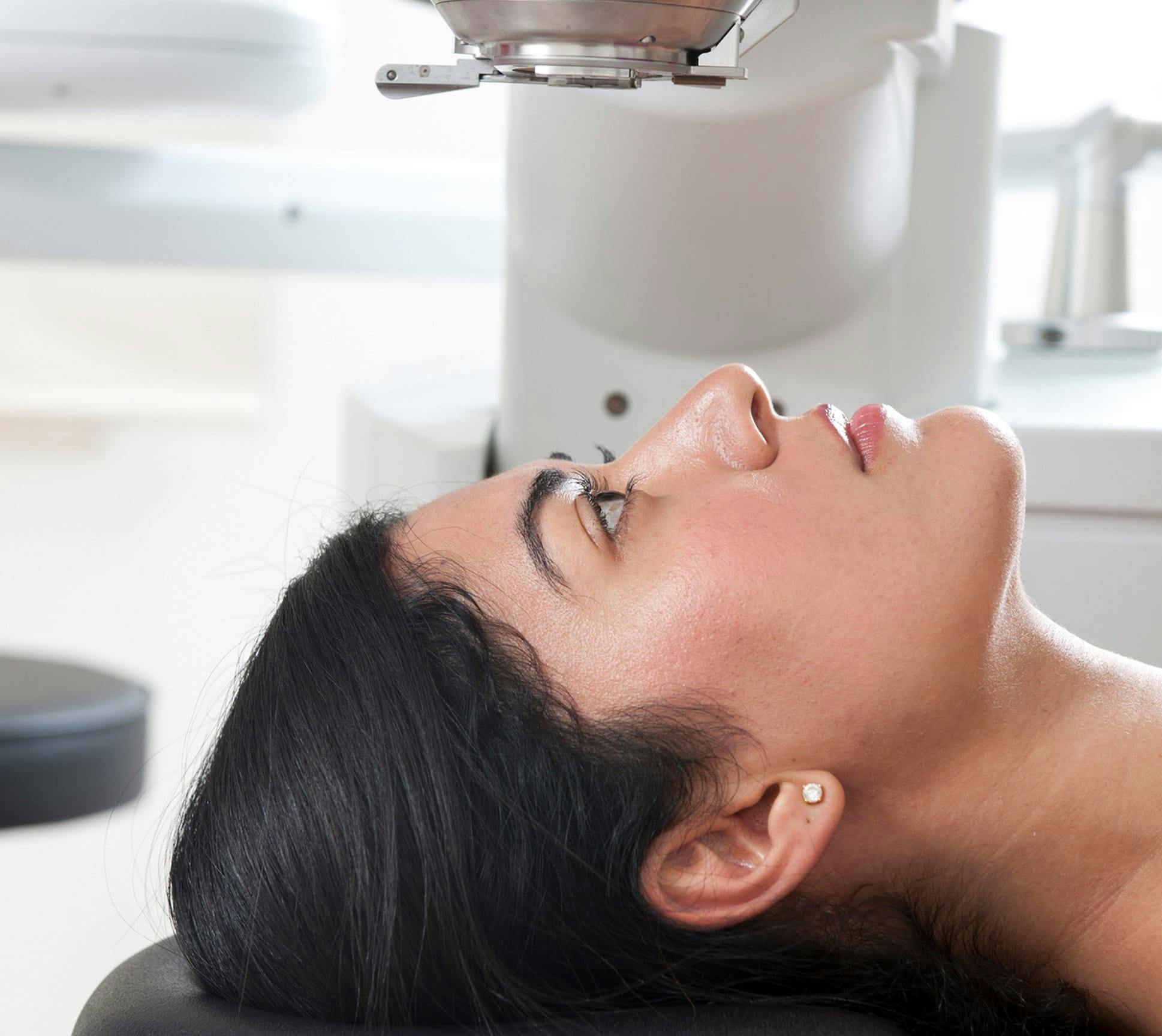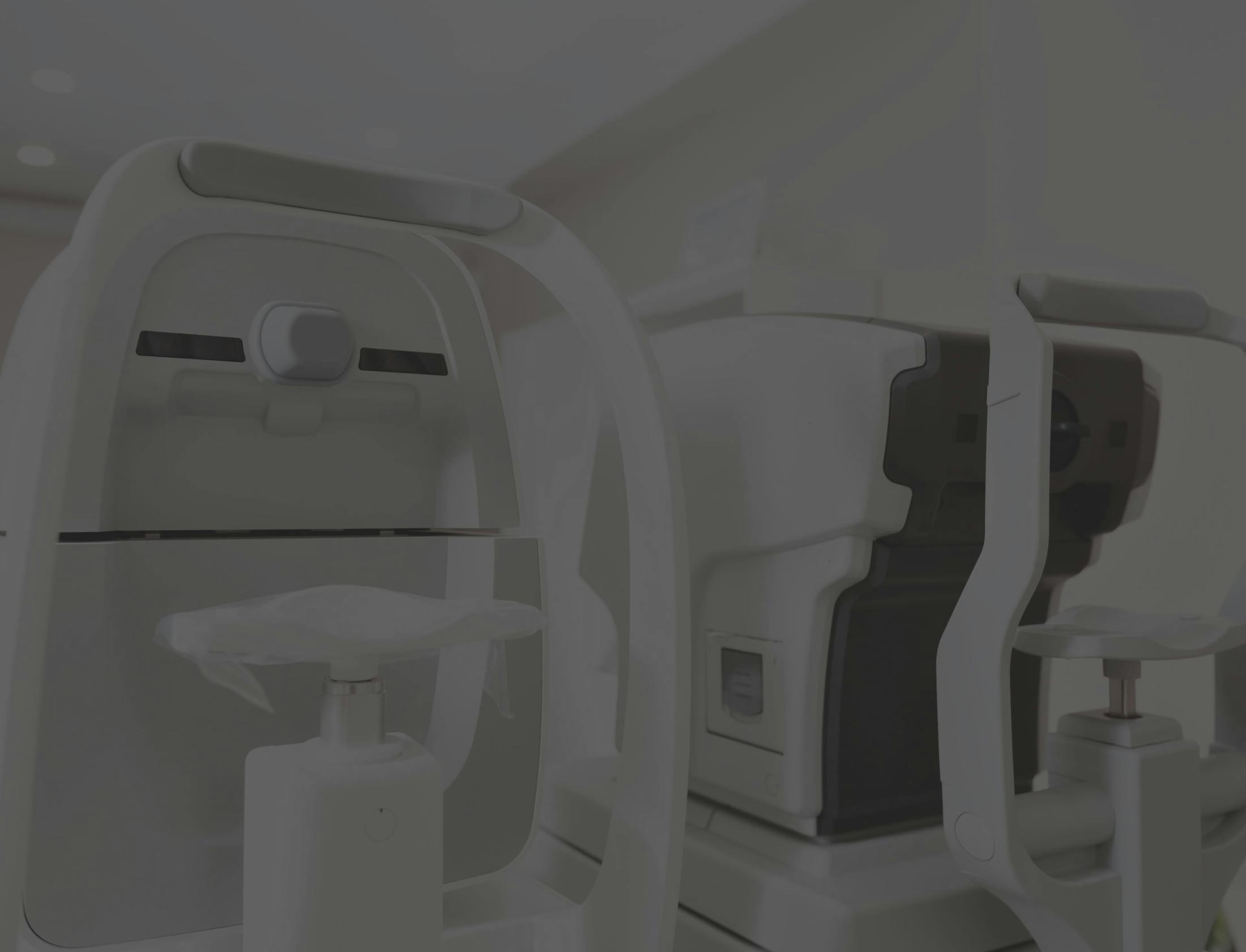With SMILE, vision correction has never been safer or easier. The preservation of the upper corneal layers and the possibility for fewer transected nerves enhance biomechanical stability and reduce the incidence of dry eyes.
Why choose Chicago Cornea Consultants for treatment with SMILE?
Established in 1986 and serving patients in and beyond Chicago, Hoffman Estates, Crystal Lake, and Highland Park, Chicago Cornea Consultants is a leading practice in the Midwest that specializes in surgical vision correction procedures. Our six board-certified ophthalmologists have received specialized training and have been featured prominently in elite industry magazines and top doctor lists. They are professors who are consistently called upon to share their cutting-edge techniques with others and speak at training seminars around the world. In this manner, our practice has garnered a reputation as the Gold Standard for eye care in the region.
We strive to provide the highest quality, state-of-the-art eye care and have performed thousands of surgeries with fantastic, life-changing results. We are one of two practices in Illinois that offer SMILE, solidifying our position at the forefront of new technology. We continue to invest in sophisticated equipment that reduces or eliminates the need for glasses, bringing the best customizable eye care to our patients. Our catchphrase, "See The Best," reflects our commitment to ensuring the most comfortable, safe, and rewarding future for our patients.





